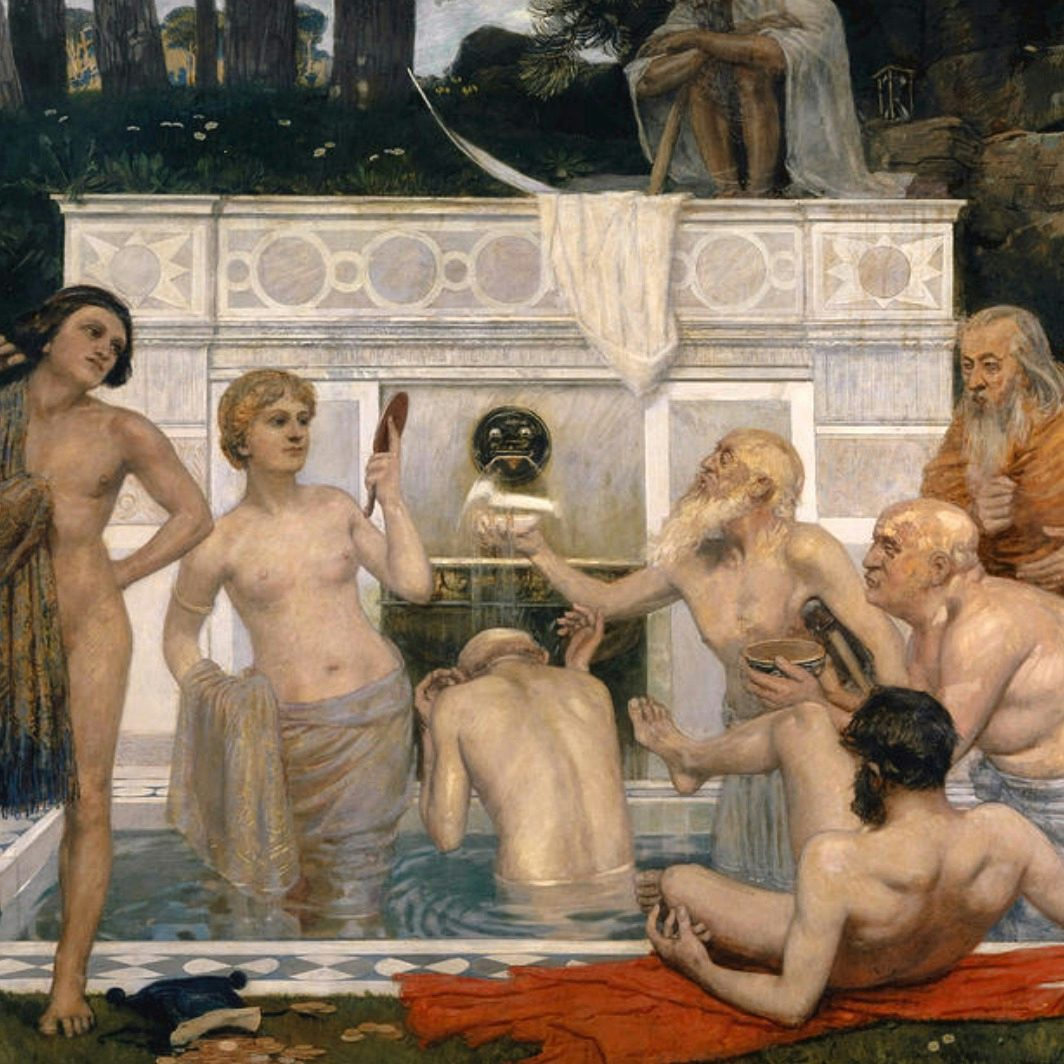The mathematics of ageing and immortality
Deriving the mortality equation, which governs the dynamics of an ageing population, and solving it to crack the evolutionary origin of ageing.
Ageing is generally thought to be a consequence of an accumulation of errors in the storage of genetic information. But mounting experimental evidence suggests that ageing can be slowed. Under what conditions, if any, is ageing a necessary consequence of mutation, inheritance and selection?
In this project, we introduce a mathematical framework for understanding the evolutionary value of ageing. We derive a simple mortality equation which governs the transition matrix of an evolving population with a given maximum age. Remarkably, this equation is independent of the choice of fitness function. We show how to solve it in terms of the spectrum of eigenvalues which governs the dynamics, and consider the value of ageing in both a constant and changing environment. We also seek complete analytic solutions to the mortality equation for specific fitness functions.
If programmed death is favoured by natural selection rather than a consequence of genetic breakdowns, then it may be possible to devise pharmacological and genetic interventions to combat disease and prolong life. A mathematical formulation of ageing puts to rest some of the controversy surrounding the subject, which tends to rely on qualitative rather than quantitative reasoning.
















Papers in this project
Flowers of immortality
The eigenvalues of the mortality equation fall into two classes—the flower and the stem—but only the stem eigenvalues control the dynamics.
I want to be forever young
The mortality equation governs the dynamics of an evolving population with a given maximum age, offering a theory for programmed ageing.